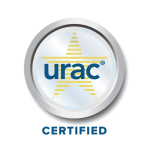What is Remote Patient Monitoring?
Remote Patient Monitoring (RPM), also known as remote physiologic monitoring, involves using electronic equipment and digital technologies to gather and monitor health data from patients. This data is then sent to healthcare providers for diagnosis, assessment, and recommendations. RPM enhances patient engagement by allowing continuous and real-time health monitoring from the comfort of patients’ homes.
For instance, a patient regularly checks their blood pressure at home using remote patient monitoring devices such as a blood pressure monitor and sends the results digitally to their clinician. Providers use RPM to monitor, report, and analyze patients’ acute or chronic conditions outside of a hospital or clinic.

Connecting Patients and Clinicians Anytime, Anywhere
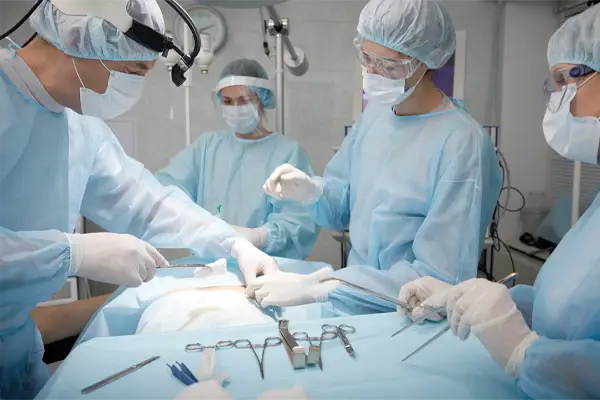
Life-Saving Technology
RPM allows doctors to collect data more frequently and reliably than during typical office visits. They can monitor metrics like weight, blood pressure, blood sugar, blood oxygen saturation, heart rate, and electrocardiograms from any location. This real-time data transmission can be life-saving and is a crucial part of modern healthcare cybersecurity.
Benefits of Remote Patient Monitoring

For Providers
- Improved productivity
- Increased revenue streams
- Enhanced patient engagement and satisfaction
- Ability to increase access to care
- Reduced percentage of patient no-shows

For Patients
- Better chronic disease management
- Fewer emergencies, hospitalizations, and readmissions
- More control over personal health
- Fewer visits to the doctor’s office
- Better support and education
- Higher quality of care

For the Healthcare System
- Enhanced focus on prevention and well-being
- Lower national healthcare costs
- Significant annual savings
How to Get Started with RPM

Sign Up
Our team will set up your RPM program and integrate it into your practice in just 20 minutes via phone or your preferred telecommunication platform.

Training
DrKumo provides comprehensive training materials to help your staff implement the RPM program. We also offer unlimited one-on-one hands-on training if needed.

Enroll your Patients
Easily enroll patients into your RPM program using the DrKumo Provider Dashboard Web Viewer with just a few clicks.

Patient Adherence
Our team tracks patients’ adherence to their 16-day per month reading schedule and sends reminders to ensure they take their readings.

Review and respond to critical alerts
Our clinical support team calls patients with abnormal readings and escalates critical cases to your office. The time spent by our clinical staff contributes to your care management RPM CPT codes.

Billing Support
We provide a monthly billing report to simplify claim submissions to payers. We also offer one-on-one billing assistance to ensure you file your claims correctly.
Reimbursement Codes for RPM
CPT Code 99453
Initial setup and patient education
$19.00
CPT Code 99454
Supply of devices and collection of data
$64.00 per month
CPT Code 99457
Remote monitoring and management for 20 mins
$51.00 per month
CPT Code 99458
Additional 20 mins of remote monitoring
$42.00 per month
Read More On Remote Patient Monitoring
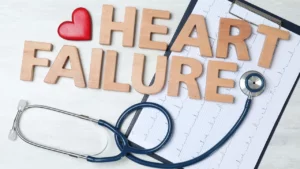
Efficacy of Remote Patient Monitoring (RPM) in Managing Congestive Heart Failure
Congestive heart failure? Remote Patient Monitoring (RPM) can help! Learn how RPM empowers patients & improves CHF management.
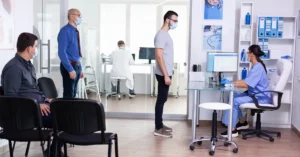
Patient Safety Awareness: Why it Matters
Discover the crucial importance of patient safety awareness in healthcare. Explore how prioritizing safety can prevent medical errors, enhance patient care, and save lives.
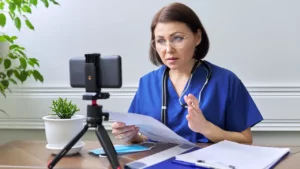
The Power of Virtual Healthcare for Today’s Healthcare Providers
Explore the power of virtual healthcare for providers. See how it revolutionizes patient care, increases accessibility, and improves outcomes. Dive in now!
